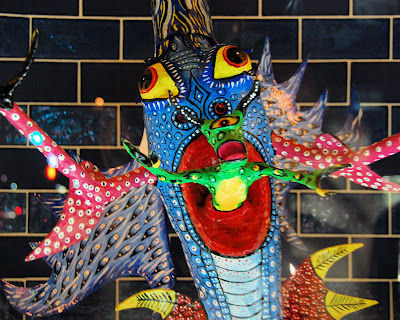 Out of Control, Uncanoonuc Mt., Goffstown, NH, August 2007, Nikon D40 with 18-200mm VR lens, Focal length varying, Exposure 1/10 sec @ f25.0, ISO 800, exposure bias -1/3 stop, no flash, circular polarizing filter © Steven Crisp [Click on the photo to enlarge]
Out of Control, Uncanoonuc Mt., Goffstown, NH, August 2007, Nikon D40 with 18-200mm VR lens, Focal length varying, Exposure 1/10 sec @ f25.0, ISO 800, exposure bias -1/3 stop, no flash, circular polarizing filter © Steven Crisp [Click on the photo to enlarge]{continuing the series, by Susan Skog}
"We want to put an end to wars without giving up our violent intentions and violent relationships," -- Arun Gandhi
Wars break out over our evening meals--or in the world--when we try to control someone else. Accept that everyone holds a piece of the truth, Arun Gandhi says. Accept that you're only responsible for your own values, beliefs, and choices.
Control. It is such an interesting concept. We feel we need it for our security. For our sanity. We wish to control the future, to control the world, and to control others. But there is only one that we may control -- and that is ourself.
Indeed, we burden ourselves by trying to control the outcome, either consciously or by want. For if the world does not give us what we want, then we feel stressed.
Try as an experiment, consciously not trying to control the outcome, the future, or another. Instead, revel in the divine dance that is underway, taking into account the infinite interactions of all forces, all actions, to precisely yield this present moment.
Live with an openness, a receptivity, a wonder, and an awe at what is unfolding before your eyes. That is life itself. That is creation.
Instead of trying to control it all, instead try to get "in tune" with it, and float along the river of life, laughing as the bubbles come and the bubbles go, and of course, enjoy the scenery along the way. For it will never be the same again. That is part of the magic and the beauty.













